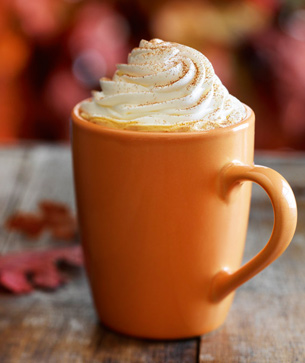A few months ago, Chipotle released its innovative and beautiful “Scarecrow” video ad and game that rattled us enough to get those who care about sustainable food excited. This Saturday (November 10th, during The X Factor), John Lewis will do something similar.
John Lewis is an England-based partnership of retailers gathered into one department store. With more than 350,000 product lines available in store and over 250,000 lines available online, John Lewis sells everything from groceries to flowers to home furnishings to hardware to insurance. Every year, John Lewis releases a Christmas “advert,” as they call it in the UK, and John Lewis’ 2011 advert, “The Long Wait,” was amazingly-well received. Last year’s ad, “The Journey” was labeled the “greatest ad ever” by the Daily Mail and brought in something like £500 million in pre-Christmas sales last year! Craig Inglis, John Lewis’ Marketing Director, explained to The Telegraph that Christmas is about more than buying gifts; it’s about finding gifts that demonstrate just how much you love that special someone:
“We know that our customers put real effort and emotion into finding the perfect gift for their loved ones at Christmas. This year’s ad brings that to life, with a creative twist, as we follow our hero on an epic journey.”
With a tough reputation to live up to, what fresh perspective could John Lewis provide into Christmas gift-giving? How about an animal that has never seen a Christmas? This year, John Lewis takes you on a two-minutes, ten-second journey to a Christmas in the world of woodland creatures. The Christmas tree is decorated, gifts are prepared, and, this year, “the hare” is excited that best friend, “the bear” will be there to see his first Christmas ever. But, as the weather begins to change, bear become sleepy. Heading home, he falls asleep and begins to hibernate. His compassionate best friend the hare, brings a gift anyway and places it at the entrance to his den, returning to the rest of the woodland Christmas. Then, just when you begin to feel the disappointment of spending a Christmas without your friend, the bear awakens, returning to the Christmas tree, and sees the wonder of Christmas, the sunrise, the illuminated Christmas tree and his best friend in all his furry Christmas glory. The camera flashes back to the den, revealing an alarm clock set by the hare to wake the bear. Bear finally gets to experience Christmas, like never before.
According to The Guardian, Craig Inglis, Marketing Director at John Lewis explained that this ad was intended to be different:
“We are trying to do things differently and always trying to raise the bar.”
And John Lewis sure did raise the bar with this £1 million ad created by some of the animators from Disney’s The Lion King. Certainly, John Lewis’ annual commercial release is worth the anticipation! It makes us feel the magic of giving a loved one an unforgettable Christmas. It makes us forget this was a commercial and welcomes us into the story, and in doing so, it reminds us that John Lewis understands how we feel, how we all really want to provide our loved ones with an unforgettable Christmas.
This is emerging media! It’s subtle; it’s clever; and it’s so dang effective at making us interested in the brand, wanting to get involved in this world they’ve just taken us to. The film released in social media channels on Friday, but the official “airing” will take place during This Saturday’s episode of The X Factor.
What do you think? Was this ad effective at building awareness for John Lewis as a place to buy Christmas gifts?

